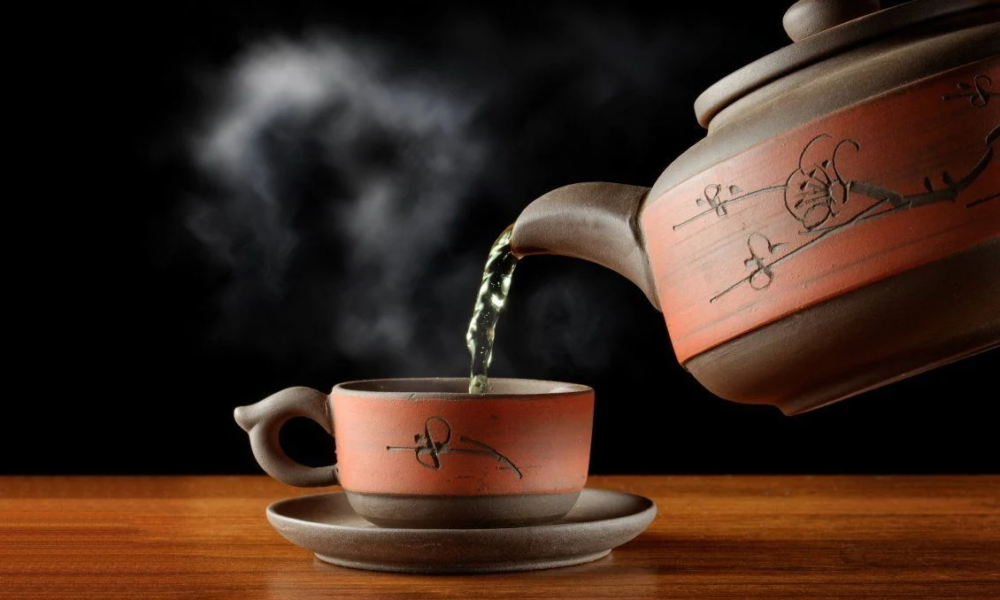Tea was discovered in China and for hundreds of years, remained a Chinese beverage. Tea grew in popularity in Asia and made its way to Europe and England in the 16th century. In the 1830s, the British East India Company became concerned about the Chinese monopoly on tea, which constituted most of its trade and supported the enormous consumption of tea in Great Britain. The British colonists discovered tea growing wild in Assam and in the 1850s started cultivating tea plantations locally.

Historically Indians viewed tea as a herbal medicine rather than as a recreational beverage so consumption of black tea within India remained low until the promotional campaign by the British in the early 20th century, which encouraged factories, mines, and textile mills to provide tea breaks for their workers. Since then, tea has became a big part of the Indian culture.
Our Roots
Around the same time, in the 1940s, we had our humble beginnings in the tea business, trading teas in Calcutta, India. We truly believed that tea with all its inherent benefits could change the world. We acquired tea plantations in India and became one of the companies to export packaged teas from India.
The Indian root is a well established and reputed trading firm run by experienced professionals, we from our gardens are providing ORTHODOX TEA to various customers around the world.
We Guarantee:
1. Competent Price for various grades.
2. Widest variety
3. One of the best automatic blending Plant
4. The gardens nurtured with utmost care to produce quality.
5. Customer specific packaging.
6. Guarantee of Quality.
It’s a great pleasure to send you profile of our TEA gardens in Dooars in West Bengal :

Tea was introduced for cultivation in Dooars in 1874-75 from the adjoining Darjeeling district where it was first established as a commercial venture in 1856. The first tea garden was established by Dr Richard Haughton, the pioneer of the tea industry in the Jalpaiguri district, at Gazilduba in 1874. Thereafter, the early decades of the 1900s saw a quantum jump in the number of tea gardens in the area, making tea the economic backbone of the entire Dooars region.
Dooars

Dooars or Duars is the anglicized version of “Dwar”, which means entryway or gateway. The British named the land Dooars after the numerous passages this area provided to access Bhutan.
The Dooars stretch across the Indian states of West Bengal and Assam, consisting of the plains of Darjeeling district, the northern part of Jalpaiguri District the upper regions of Cooch Behar district and the districts of Bodoland Dhubri, Goalpara, Bongaigaon and Sonitpur. The British divided the region into Western and Eastern Dooars, today called the Bengal Dooars and the Assam Dooars.
The altitude of Dooars area ranges from 90 to 1,750 m. Innumerable streams and rivers flow through these fertile plains from the mountains of Bhutan.
